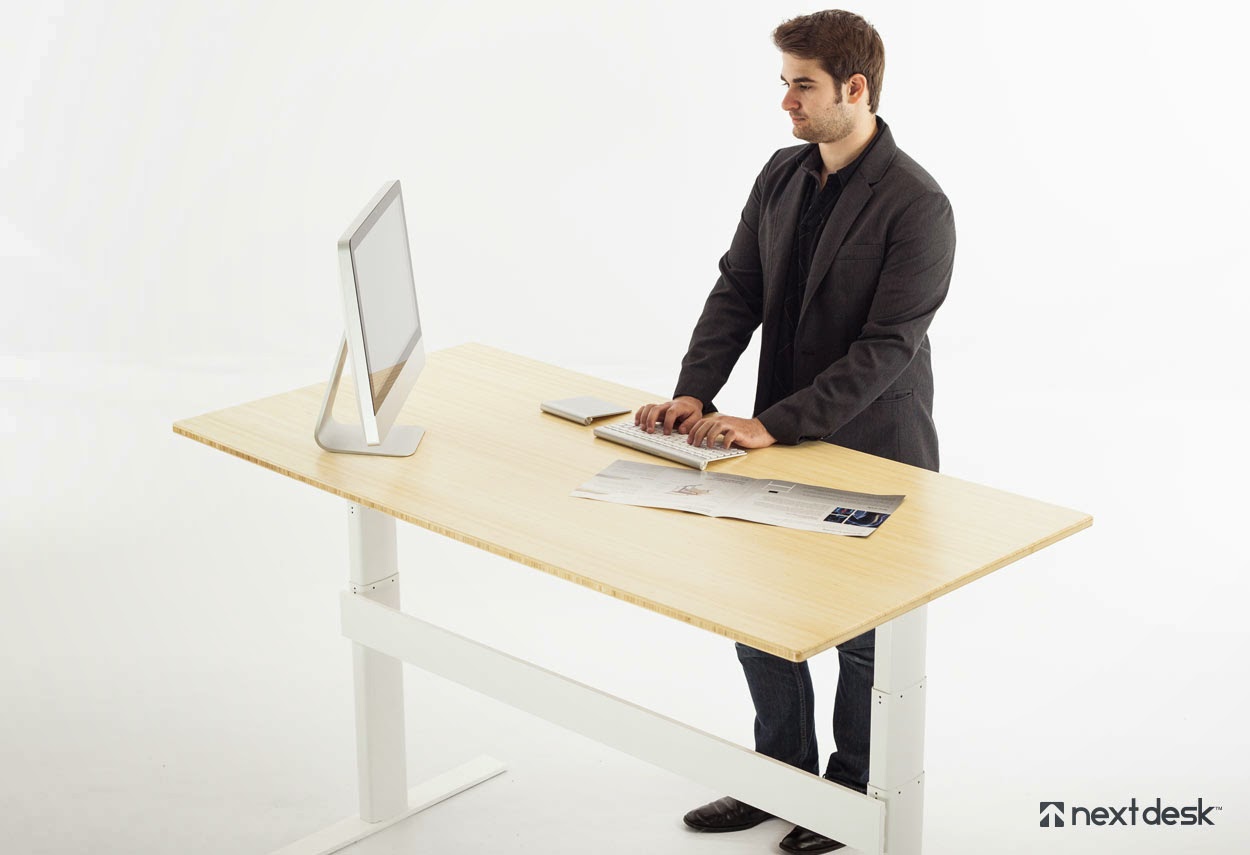Swimming pools are a great way to cool down and stay active during hot summer days; however, it remains a significant safety hazard. Drowning is considered the second leading cause of preventable deaths in Canada among children under 10 years old; and approximately 30 Canadians die in backyard swimming pools every year.
In a Canadian Drowning Report by the Drowning Prevention Research Centre Canada in 2013, there was a increase in drownings in 2010 marking "the 6th successive year of 470 or more drownings"--up 7% from 2006-2010 in contrast with the previous 5-year average from 2001-2005. More troubling for Ontarians, there were 105 preventable water-related deaths from 2011 to 2012--greater even than Quebec (77) in spite of its reputation for having the most number of backyard pools than any other province in Canada.
A striking finding of the report is that drowning victims are indeed getting older, with a marked increase of deaths among those 50-64 years old; and there are more overall deaths among 18-34 year-olds, with a 19% increase in fatalities between 2006-2010. In spite of these growing numbers, risk-taking 18-24 year-olds continue to have the highest water-related death rate of any age group in Canada, with 8 out of 10 being men--a pattern that has alas remained consistent from year to year, reportedly as a result of the tendency among men for high-risk behaviour around water. Overall, 83% of Canada's water-related deaths during 2006-2010 are men.
According to the report, deaths among children under 5-years-old has decreased from 2006-2010--a great improvement from the 90s when deaths among that age group were as high as young male adult risk-takers. Education in drowning prevention among children and parents seems to be a reason for this improvement.
To continue this trend of drowning education, here are some important tips for enjoying city and backyard pools this summer.
1. Backyard pools require adult supervision
Whenever your backyard pool is in use, designate one adult to be responsible for supervising swimmers both in the pool and around the deck area. The adult's primary responsibility is to prevent any form of accident from occurring. The pool supervisor should be trained in basic water rescue and first aid. The lifesaving society recommends a minimum of Bronze Cross and Standard First Aid certification for all backyard pool supervisors.
2. If you're not within arm's reach, you've gone too far
Children require extra-supervision around the water, and thus must be within an arm's reach of an adult at all times. Never leave a swimmer unattended--even for a minute. Drowning can occur in as little as 10 seconds. Most drowning victims cannot call out or even wave for help. In fact, the image of a person drowning as one who is flapping one's arms and crying out in the middle of the water is not accurate--often drowning victims just dip under the water to a rather silent death.
3. Equipment is not a substitute for adult supervision
Lifejackets, noodles, and water wings can augment a swimmers ability to stay afloat, but are not at all substitutes for the alert eyes and solid arms of an adult. As well, pool toys must be removed from the pool when swimming is over, for often children will drown trying to reach for them at a later time from the pool deck.
4. Pool equipment must-haves
- Telephone and emergency phone numbers
- First Aid kit
- Whistle or other sound-signaling device
- Reachable pole
- Ring buoy
- Buoy line between shallow and deep end of pool
- Sunscreen
- Pool chemicals stored in secure location
5. Pool fence
The pool should be surrounded by a fence that is a minimum of 1.5 metres (5 feet) in height--in fact, many Ontario cities have by-laws in this regard that should be consulted. As well, all gates and doors opening to the swimming pool or pool area must be equipped with locking devices and kept locked at all times--unless an adult is present and supervising the swimming pool. An additional fence should be installed around the pool itself to prevent direct access to the pool from the house. Children are known for climbing out of windows and even through doggy doors to get to the pool, so such a fence adds that extra barrier of protection from an unseen fatality.
6. Basic safety rules
- Never swim alone. Many adult deaths occur during times of solitary swimming
- Don't drink and swim; alcohol is involved in over 1/3 of all preventable swimming deaths in Canada
- Never swim during a thunder-storm
- Never use pool when you can't see the bottom of the entire pool
- Jump--never dive--into shallow water. And don't ever dive into an above-ground pool.
- Always walk on the pool deck--never run.
- Swim only during daylight hours
By considering these very basic safety tips, and educating those around your pool deck of them, you will greatly reduce the probability of a preventable drowning.


















